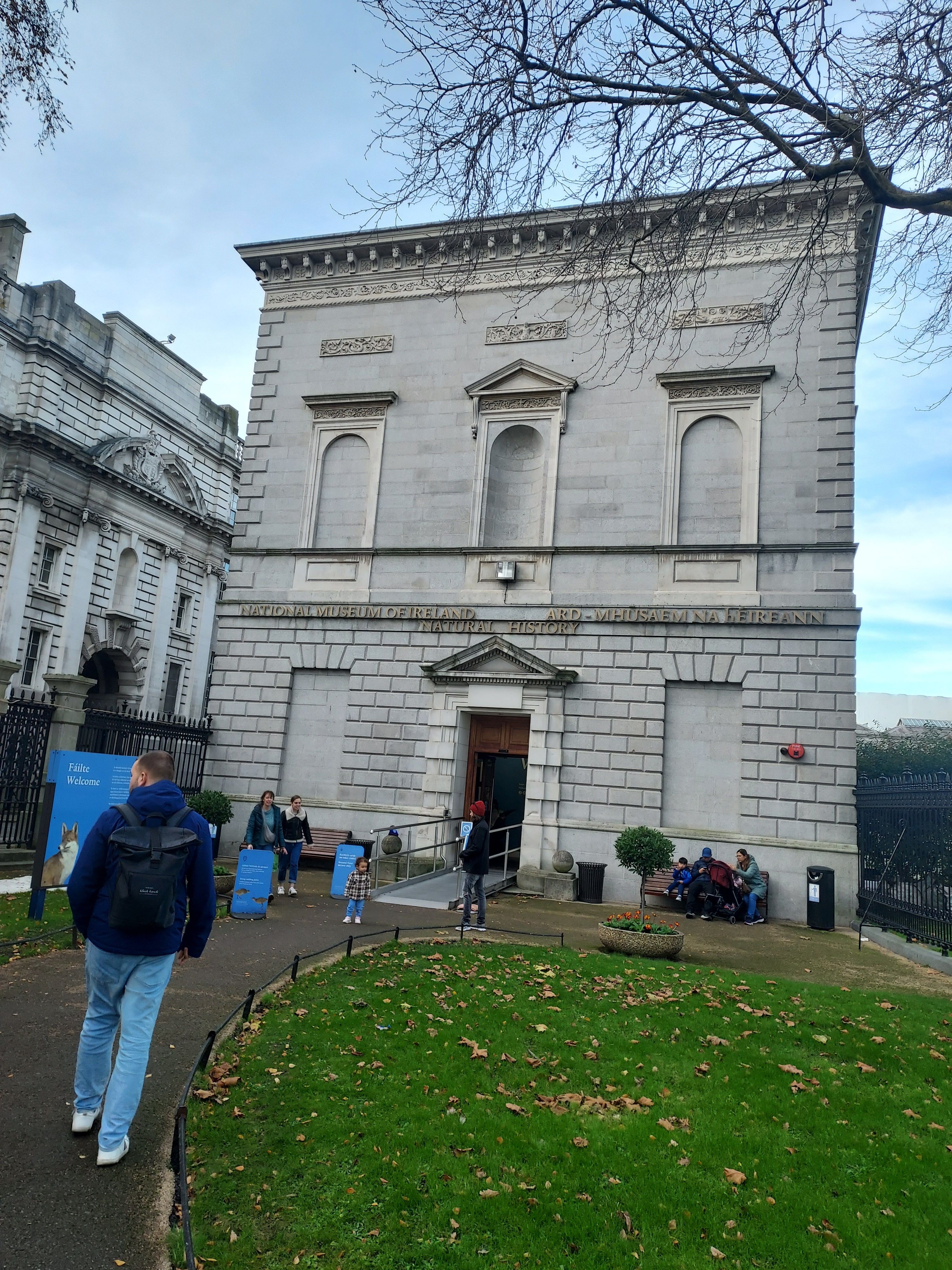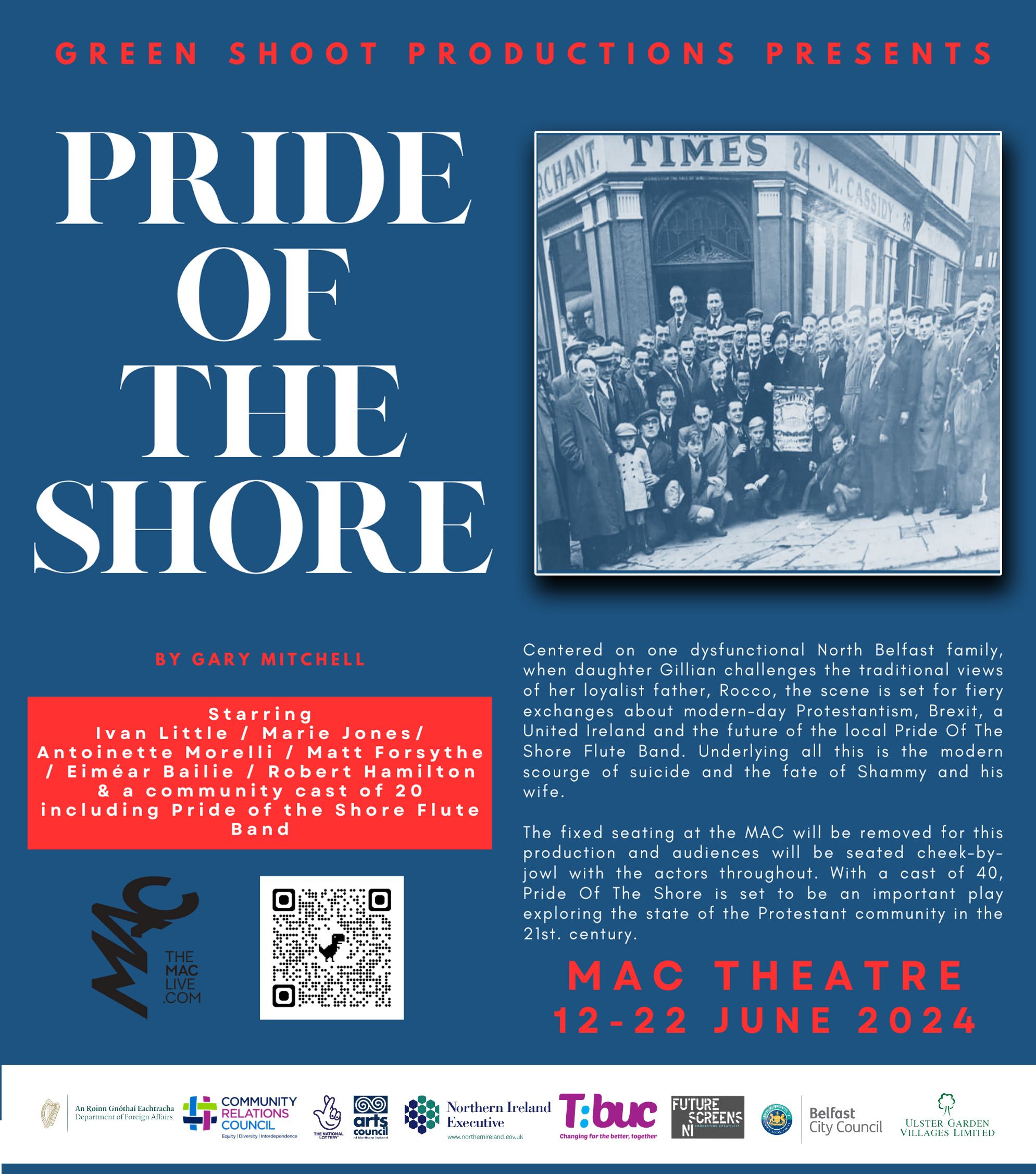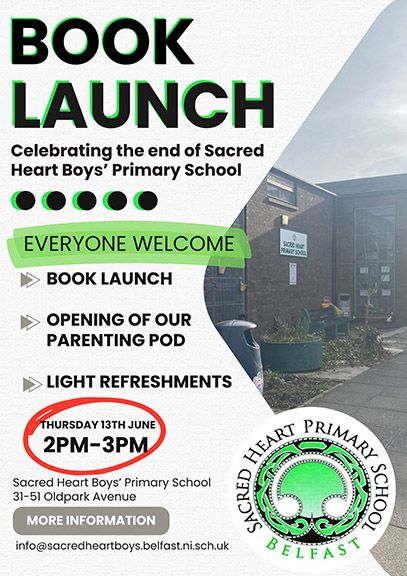IT’S a nature buff’s dream. A whole building stuffed with every creature that ever walked or flew above this wonderful country – and many more besides.
Dúlra happened to find himself in Dublin at the weekend, and with close acquaintances busy seeking out Christmas bargains, he was able to slip away. And when you’ve an hour to kill, could there be a better place to go than the Dead Zoo? That’s the colloquial name for the Natural History Museum, an architectural gem that was built in 1856 and has changed very little since.

It sits just behind Leinster House and is free to visit. On Saturday there was a steady stream of families passing through, kids’ eyes wide with wonder as they passed exhibits of animals and birds that they would – or will – rarely if ever see in the wild.
Two skeletons of the giant Irish deer – the elk – tower over you at the entrance, their antlers so big that it seems impossible that any animal could manage them. More than 100 of these animals have been found in a bog near Dublin. Their heyday was an amazing 50,000 years ago, although the last Irish elk may have roamed this land around 8,000 years ago.
The Natural History Museum – Mhúsaem Stair an Dúlra (nice name) – is partly closed due to renovations, so only the ground floor is open at present. But thankfully, this contains the bird collection. The massive collections of fossils, geology and insects are in storage (of the two million items, half are insects).
Every Irish bird seems to be here. Each had likely been shot before being stuffed – a practice that until relatively recently was considered perfectly acceptable, even though it led to the extinction of many species. It was the first time Dúlra set eyes on the magnificent white-tailed eagle and golden eagle, both of which were hunted into extinction in Ireland, along with many other birds of prey like the osprey.
It was great to finally see smaller field and bog birds that have also been largely driven from Ireland, like the bittern, tiny quails and partridges, along with many types of crake. Some displays recreated forest scenes, where various birds feed their young or tend their nests in the presence of stuffed red squirrels, hedgehogs, badgers, mice and stoats. Another first for Dúlra was the pine marten – cat crainn in Irish – which is absolutely huge! It was recently discovered that these animals are living on the Belfast Hills – it’s amazing that they manage to keep out of view, considering their size. Dúlra thought they were just slightly bigger than a stoat or a ferret - how wrong he was.
The butterfly display was very impressive for its simplicity. Irish butterflies can be so difficult to identify, at least for Dúlra, but here they all were in three cabinets, each butterfly shown back and front, including the 12 unique Irish subspecies.
All too soon it was time to leave and meet up again with the bargain hunters. Dúlra had just enjoyed the best bargain of them all – a free trip to Ireland’s natural past.
NOLLAIG SHONA: Polyanna Pickering's charming Irish birds Christmas card
• Here’s the nicest Christmas card Dúlra has ever seen – one of the many for sale in the bookshop in the Cultúrlann. It’s not cheap, but something so beautiful is a gift all by itself. So many cushions and ornaments show birds we don’t get in Ireland – the items have obviously been created for the mass market. But this card has four species that Dúlra will have in his garden over the festive break – robins, blue tits, chaffinches and the more rare long-tailed tit.
Dúlra has yet to receive this card from anyone, but surely someone, somewhere will spot it and think he’s the perfect recipient. With Christmas still a few days away, there’s still time…







